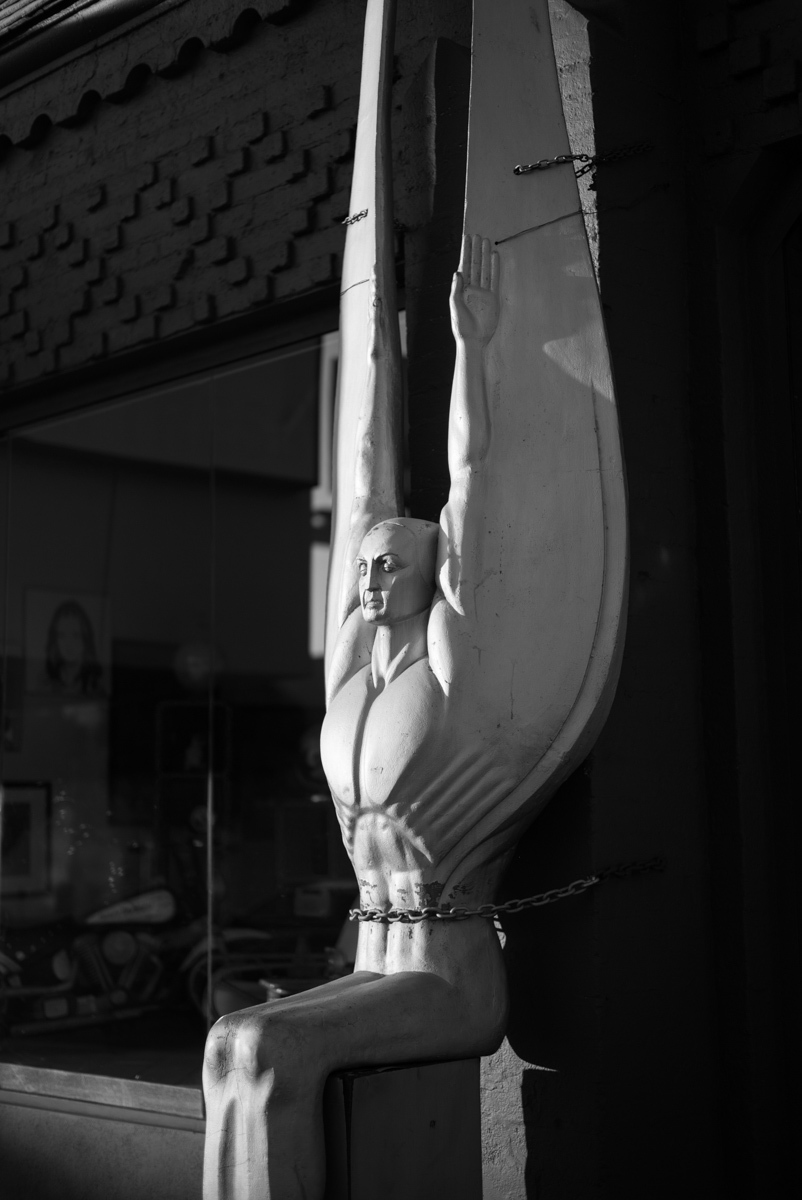If you like shallow DoF then it will be a bit dissapointing. A theoretical 24-80mm f5.6 on a FF camera and a theoretical 16-55mm f4* on an APS-C camera would both have the same DoF as that lens wide open. ISO performance will also be noticable worse, but outside of action you can take advantage of the IBIS and modern sensors still do really great for most people.
*16-53mm f3.7 for APS-C, close enough
I'm not that good with mirrorless systems, but the basics I know is that MFT has the smallest sensor, but biggest lens lineup. Fuji has been praised for its JPEG processing, but the lenses are really expensive. Sony has a lot more bargains and a bigger lineup than Fuji, but they don't have many premium lenses for APS-C.
Mirrorless Nikon and Canon both suck.
My recommendation as always is to find lenses (and eventually bodies) you want and make your decision upon that. If you want multiple lenses that is likely where most of your money will go. If you're not planning on any other lenses in the near future then the 12-40mm looks decent with good reviews.
Yeah, I'm probably not going to buy another lense for at least a year so I'm looking for one that can be used for general everyday use. How would the DoF control compare to the RX100 MKII? I was pretty happy with the results I could get with that.









![powerful-bounce-swivel-zoom-flash-with-20mm-wide-diffuser-for-most-minolta-dynax-35mm-slr-cameras-[2]-1486-p.jpg](http://www.heritagecameras.co.uk/ekmps/shops/heritagecameras/images/powerful-bounce-swivel-zoom-flash-with-20mm-wide-diffuser-for-most-minolta-dynax-35mm-slr-cameras-[2]-1486-p.jpg)